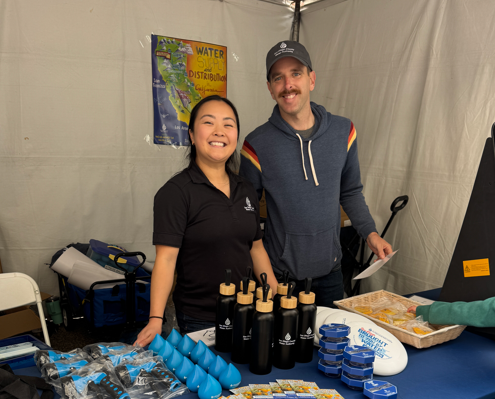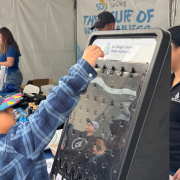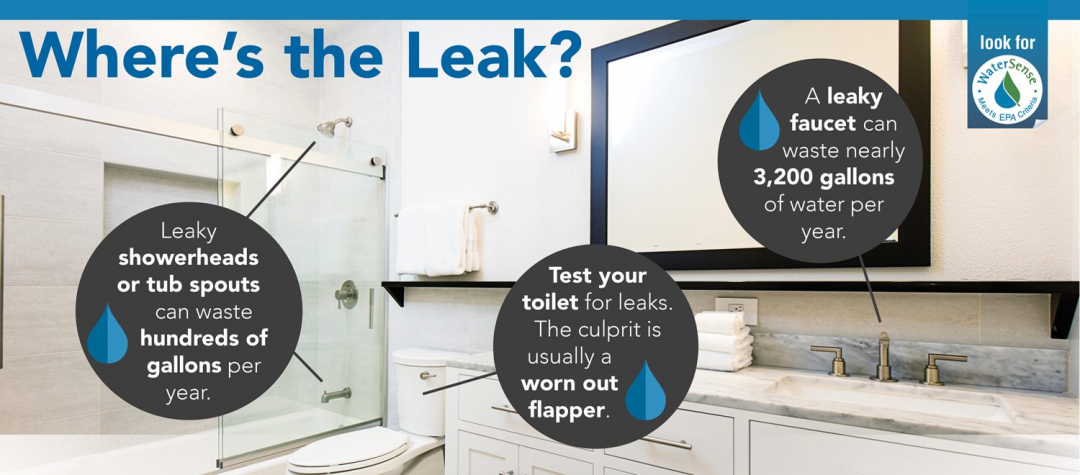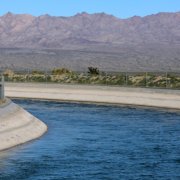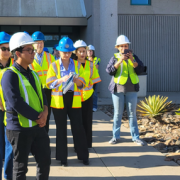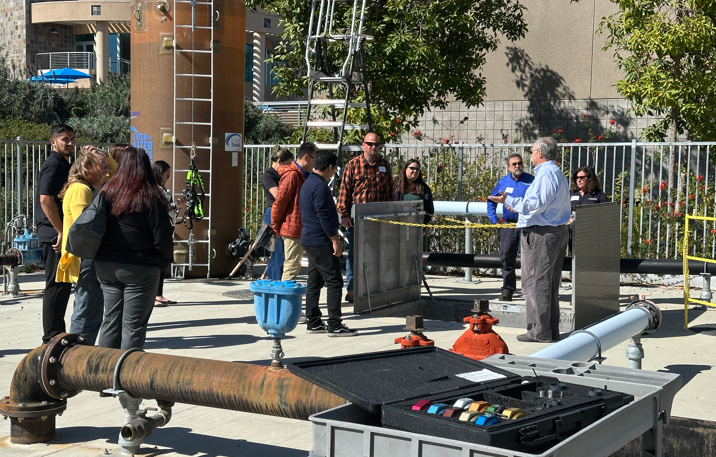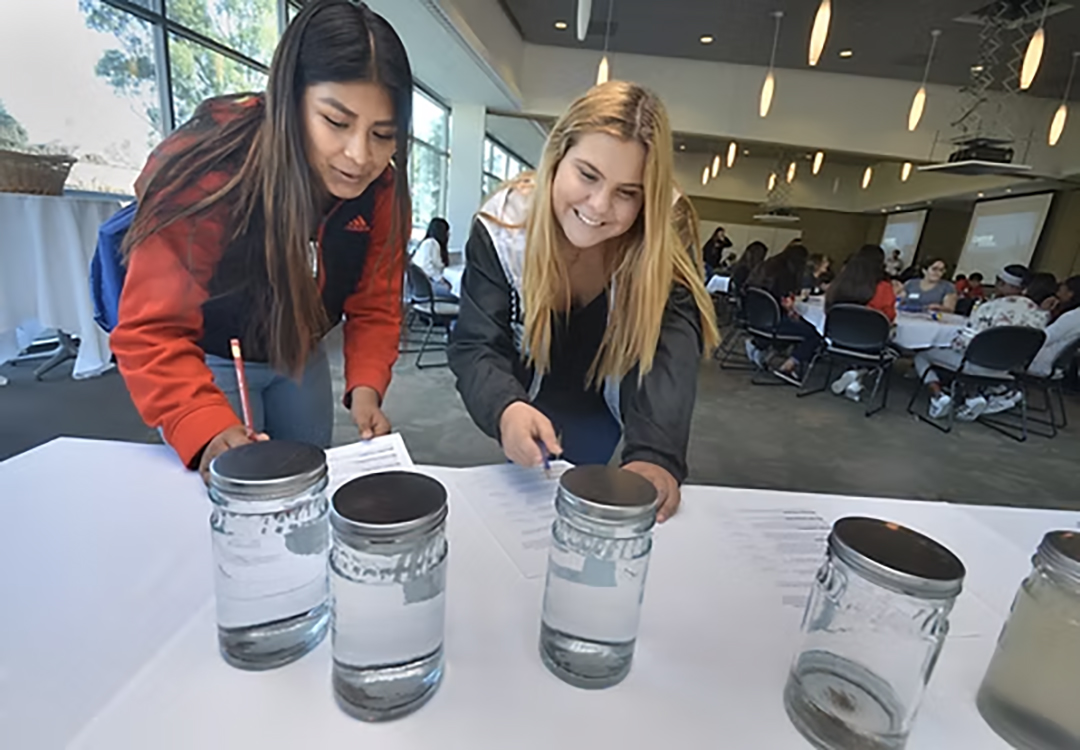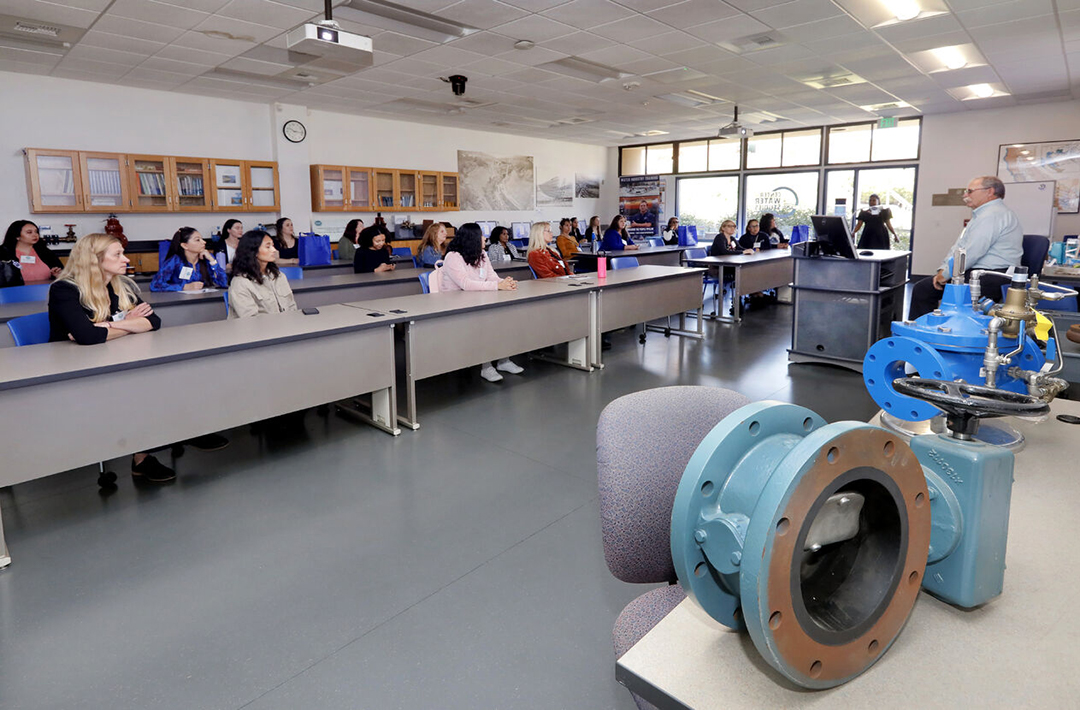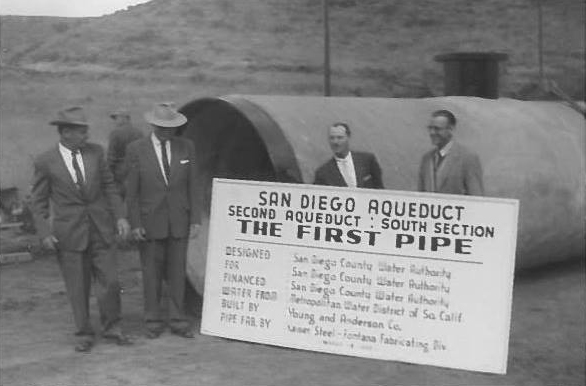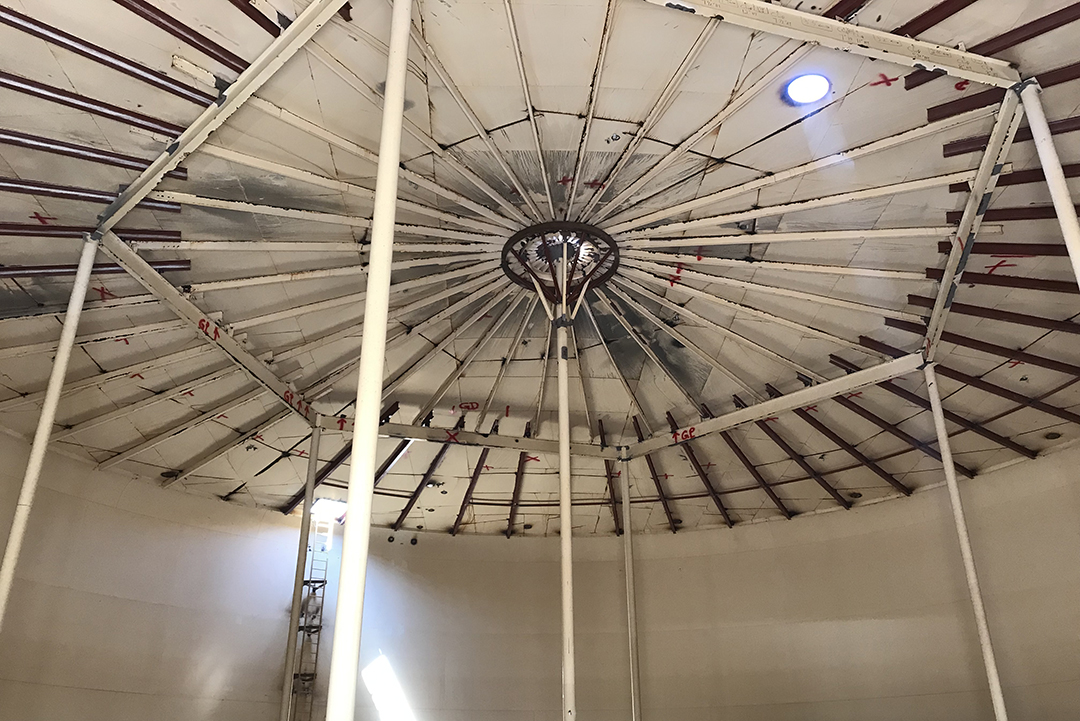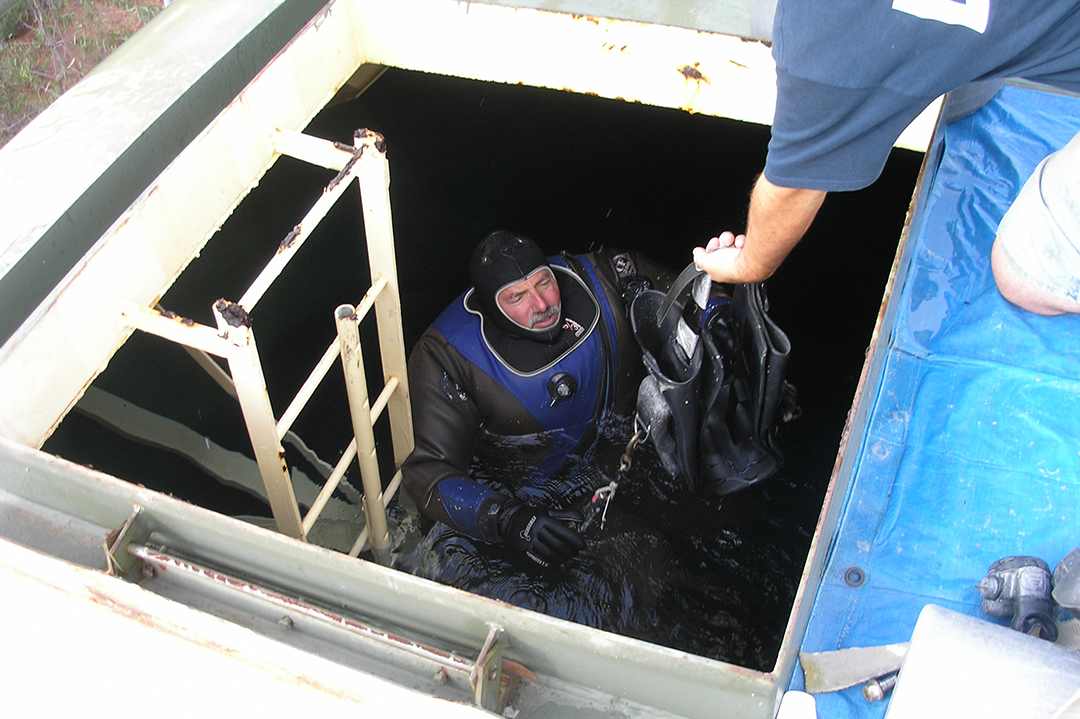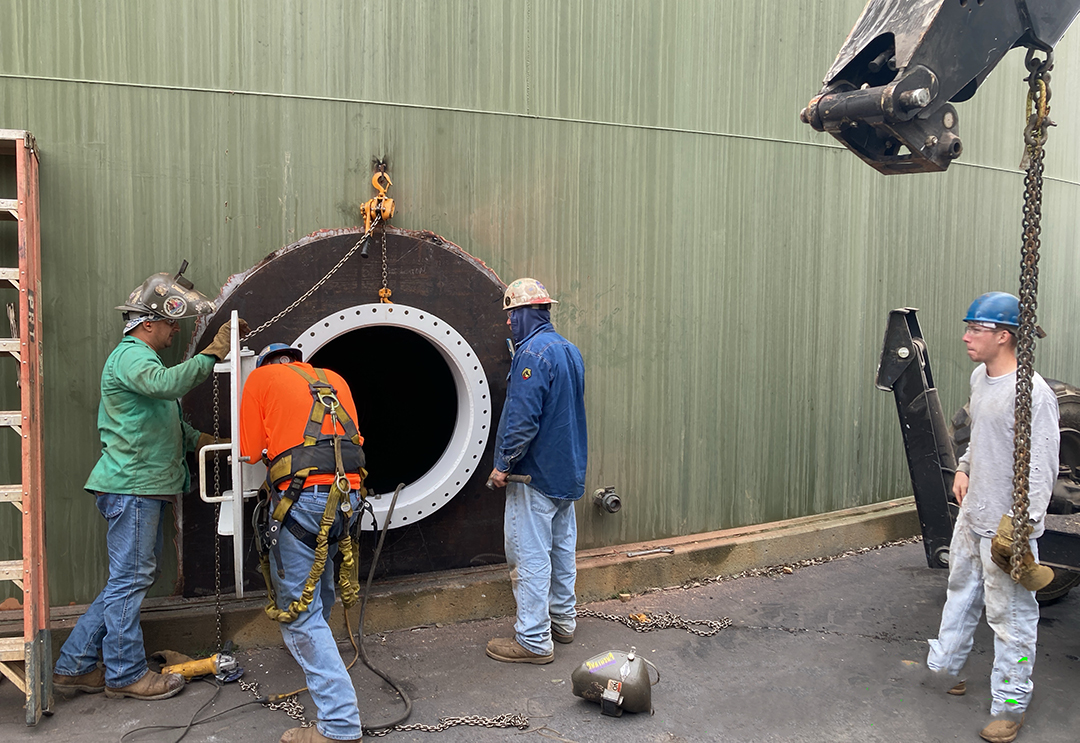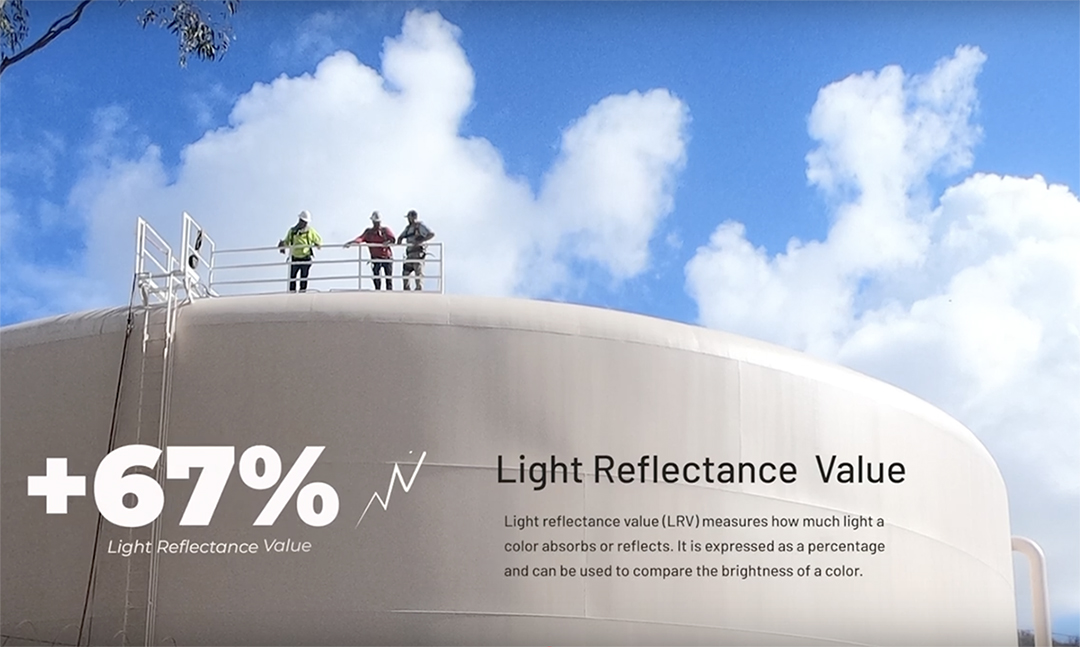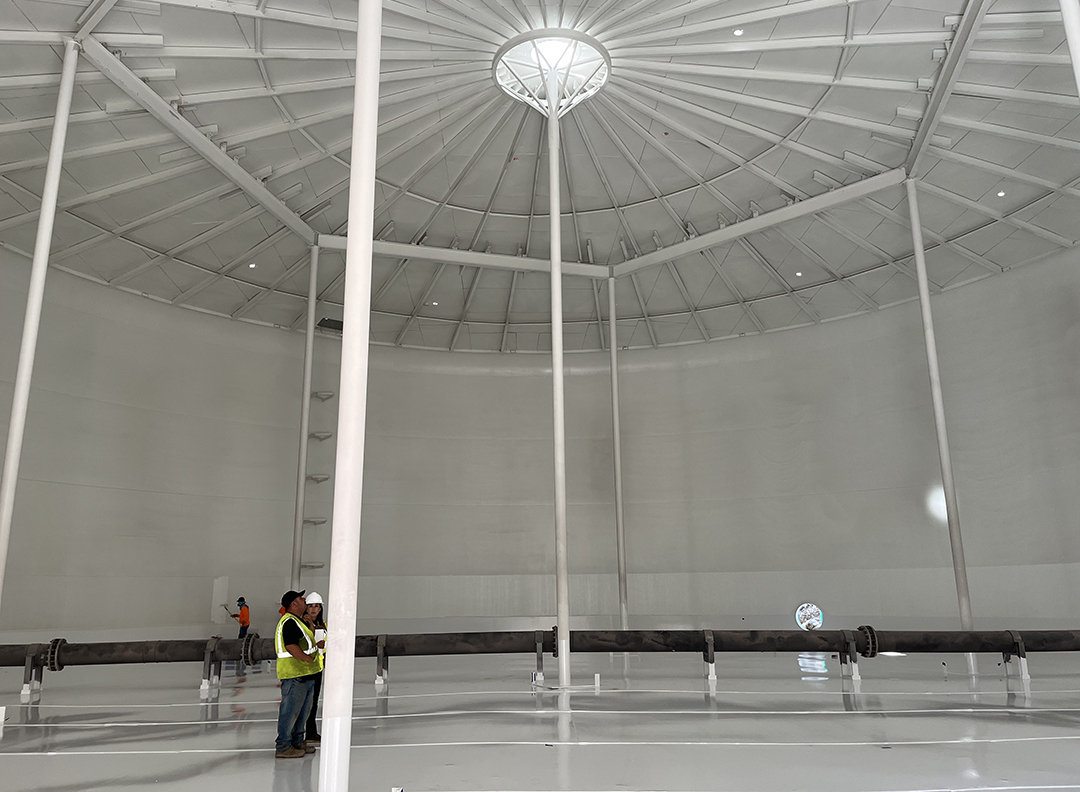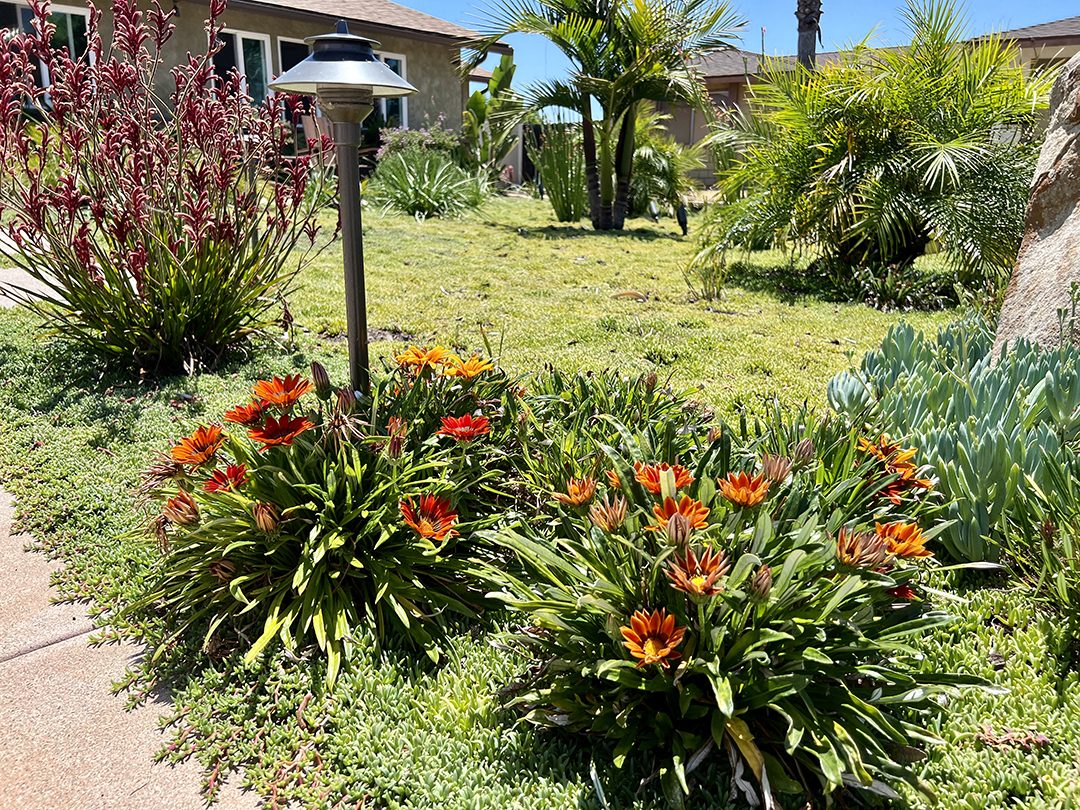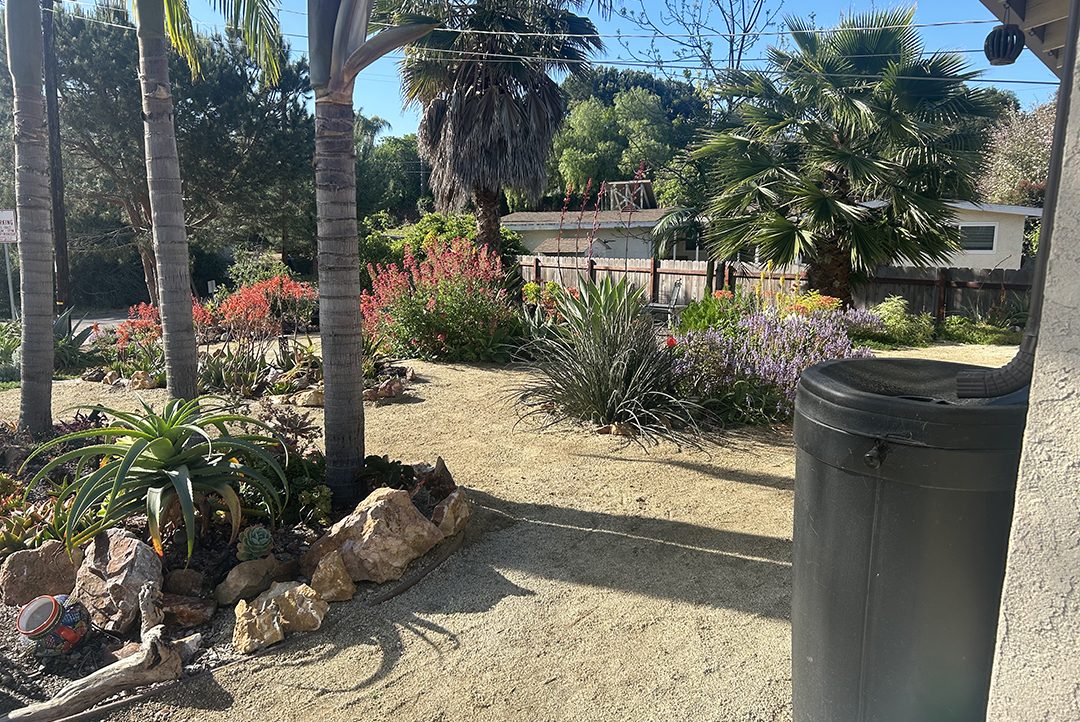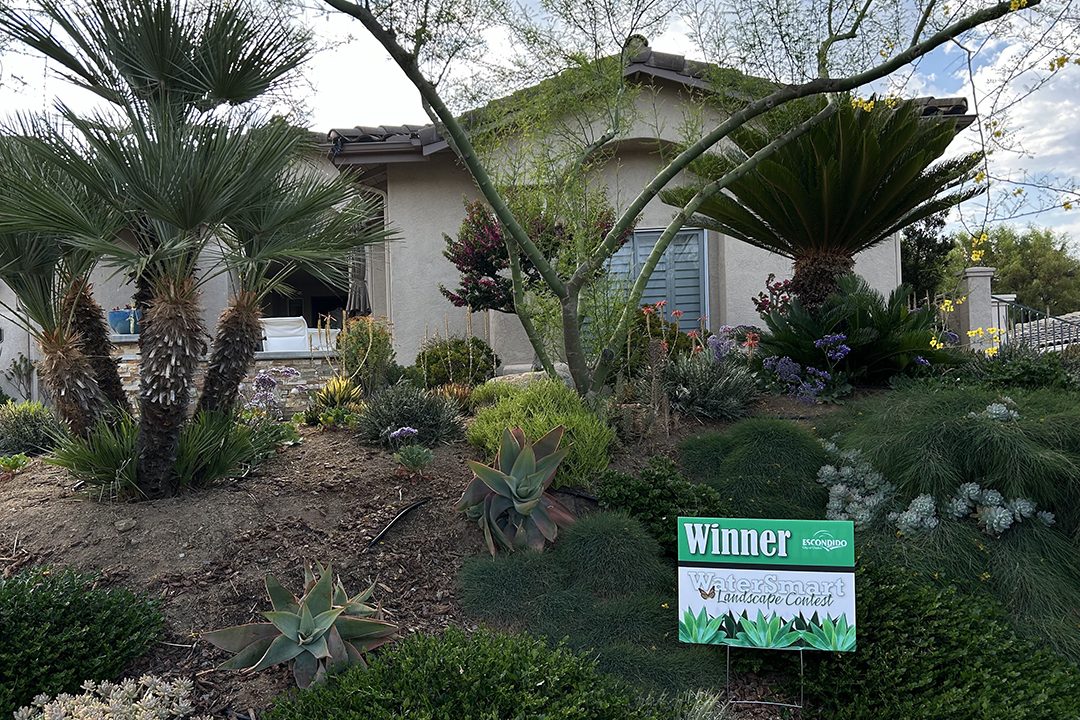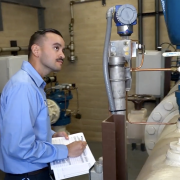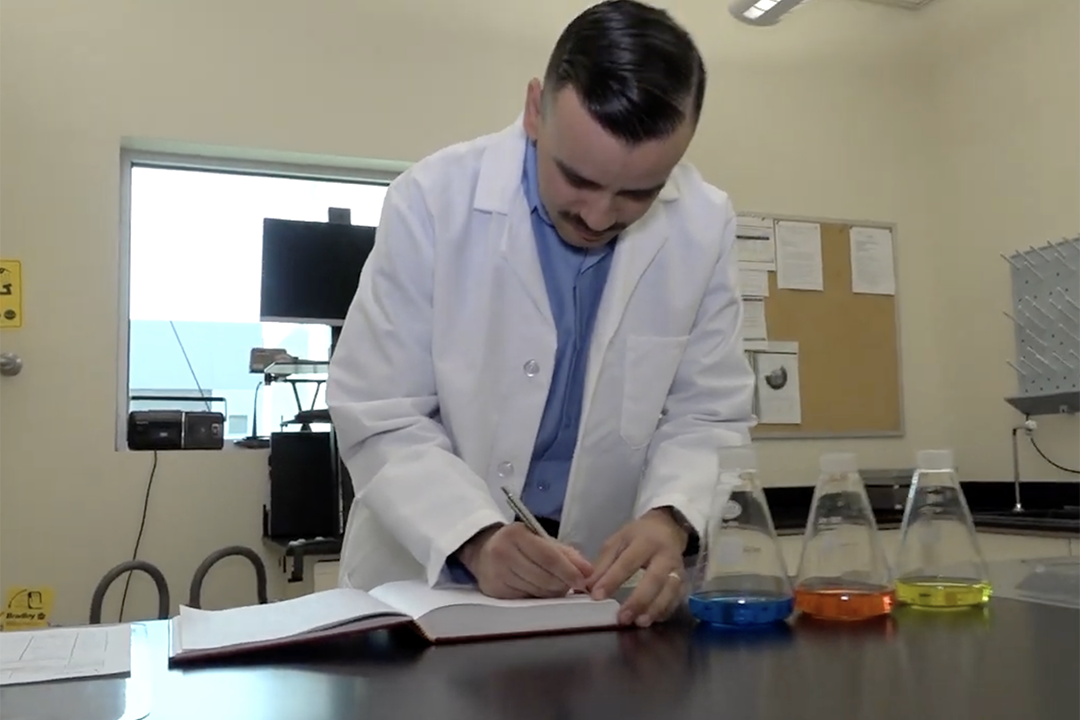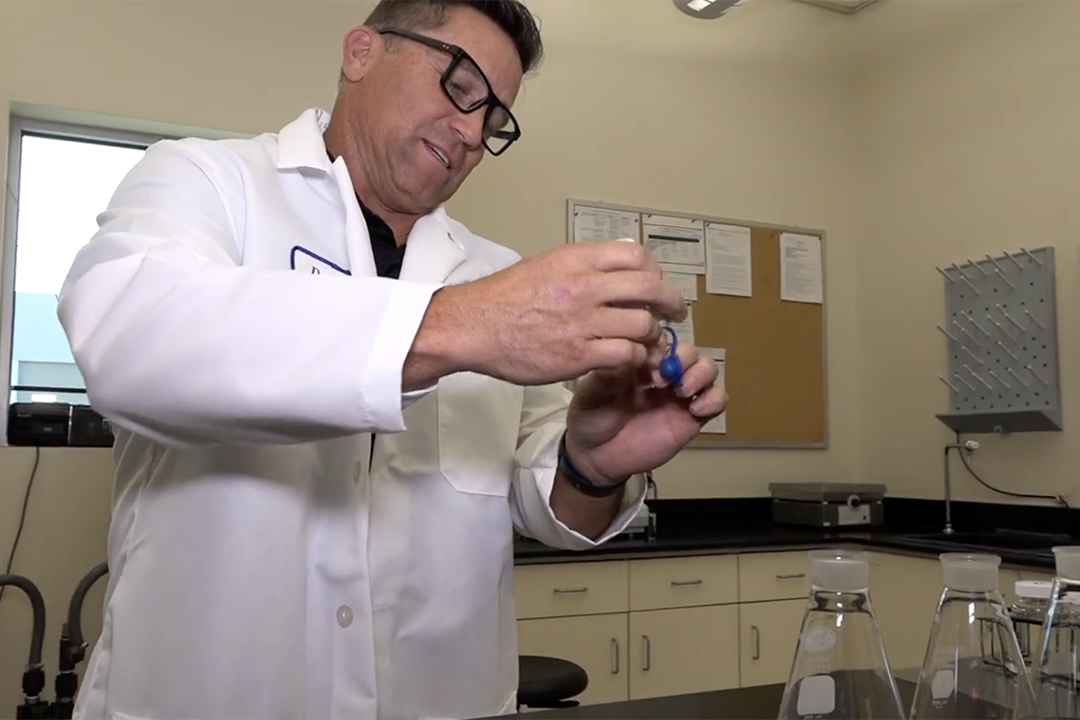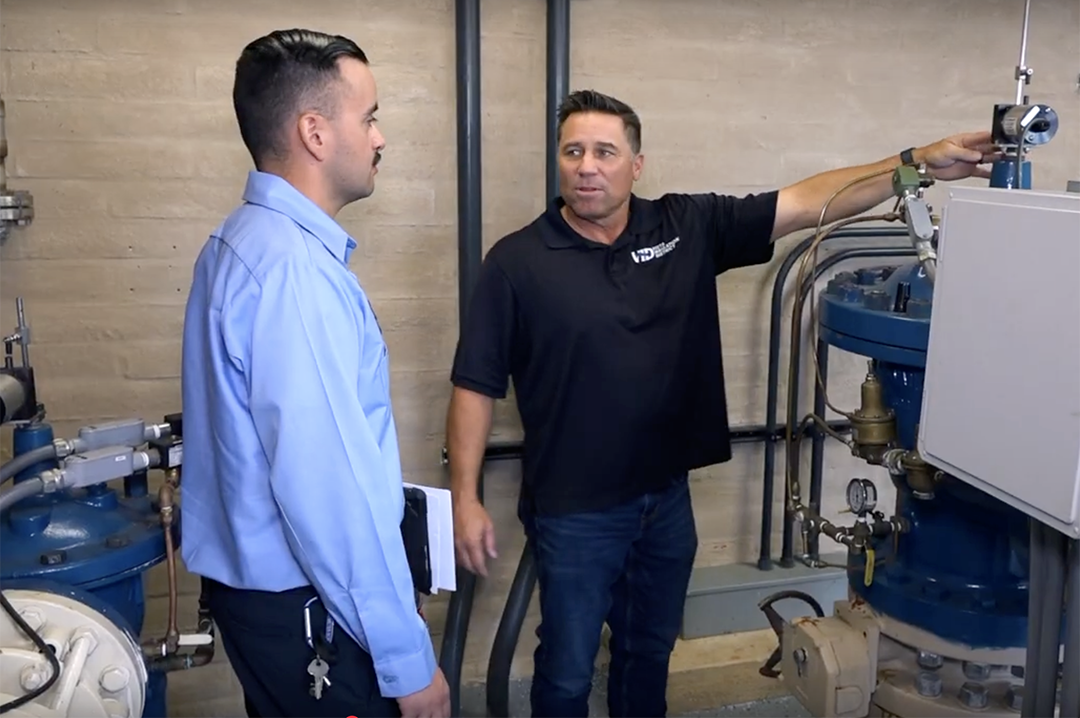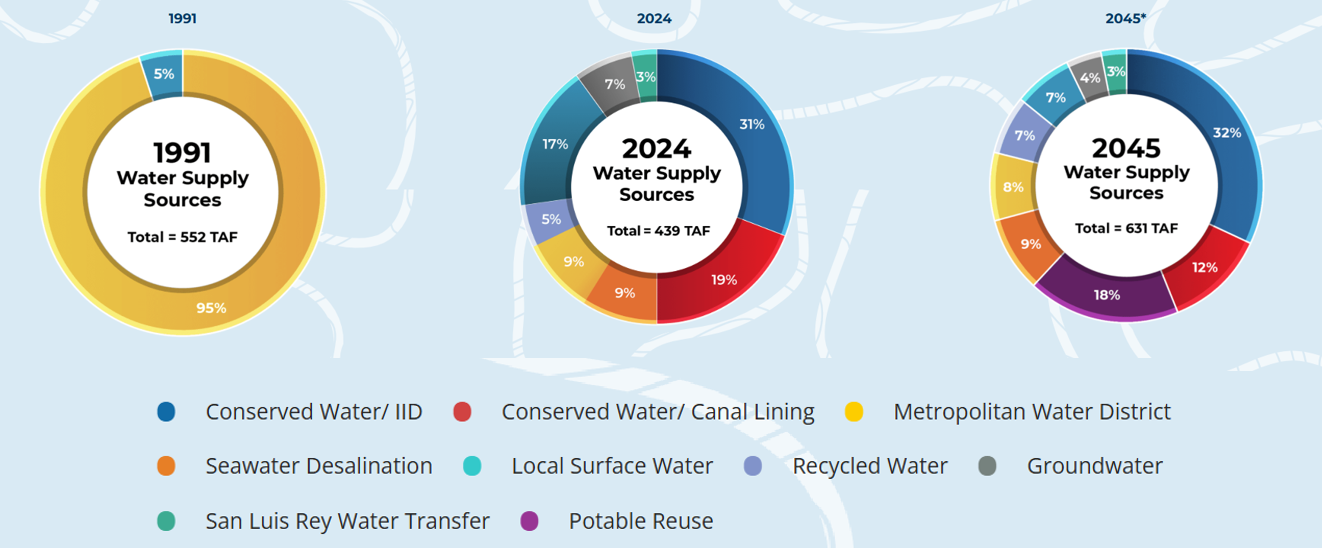For more than 80 years, the Water Authority and its 22 member agencies have worked together to deliver safe and reliable water to our community. Thanks to our coordinated efforts and investments, the 3 million people who call San Diego County home have the water they need for generations to come.
Where does San Diego’s Water Come From?
San Diego County has three main sources of water: The Colorado River (61%), local supplies (33%) and the State Water Project (6%). Together these three categories provide a diversified water supply to ensure we’ve got abundant options to keep the water flowing.
Local supplies – Seawater desalination, recycled water, water purification, and brackish groundwater, are sources of local water supplies in the San Diego region. Local water agencies have worked to maintain and create these supply sources, with support from the Water Authority. The Water Authority also invested in the Carlsbad Seawater Desalination Plant, brought online in 2015.
Colorado River – Most of the region’s water from the Colorado River is generated through increased conservation measures on farms and canals in the Imperial Valley.
State Water Project – The Bay-Delta is the hub of the State Water Project, a water storage and delivery system that is owned by the State of California and operated by the California Department of Water Resources. The Water Authority purchases State Water Project supplies through the Metropolitan Water District.
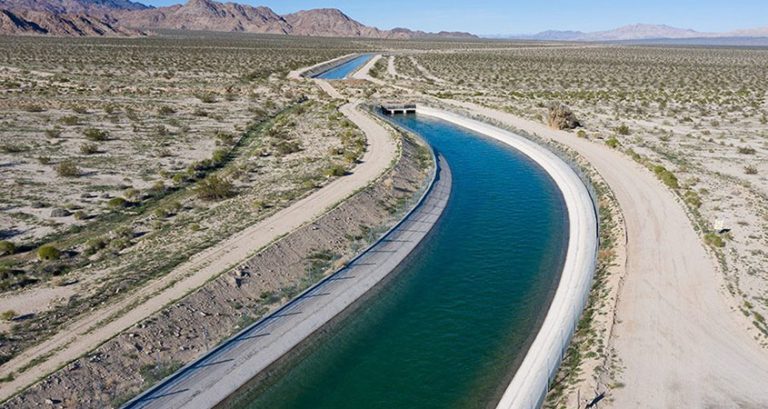
The Colorado River Basin provides essential water supplies to approximately 40 million people and 30 Tribal Nations, nearly 5.5 million acres of agricultural lands, and habitat for ecological resources across parts of several Western states (including Arizona, California, Colorado, Nevada, New Mexico, Utah and Wyoming) and Mexico.
How far does water travel to reach San Diego?
Water can travel up to a thousand miles before coming out of your tap. Snow and rain falls in the Rocky Mountains and travels to the region through the Colorado River. For the State Water Project, rain falls in northern California over 500 miles from San Diego and travels to the region through water infrastructure. In addition, the region has a growing array of local water supplies, including desalinated seawater and recycled water.
What does San Diego’s water infrastructure look like?
The Water Authority takes ownership of pipelines just south of the Riverside-San Diego county borderline and maintains more than 300 miles of pipelines in San Diego County that transport water throughout the region. Local water agencies operate thousands of miles of smaller pipelines that deliver water to homes and businesses.
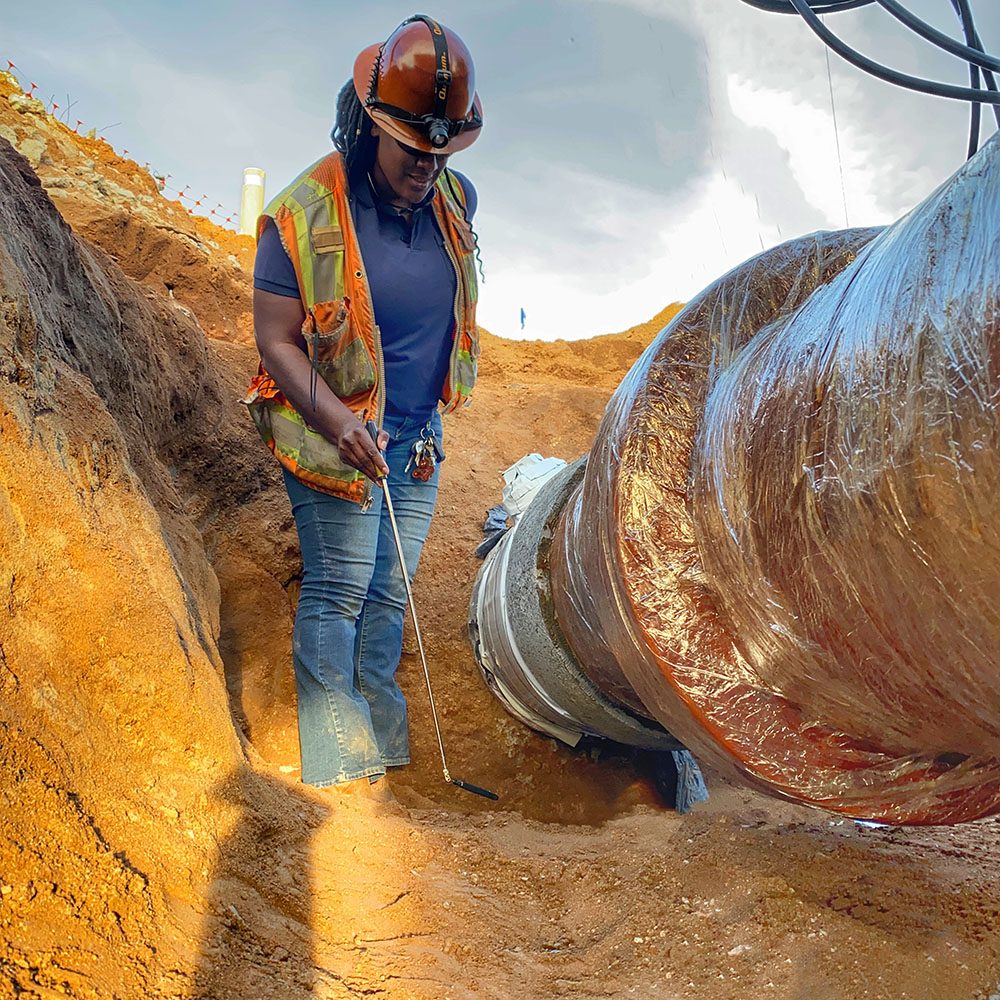
Water Authority Senior Engineering Technician Karla Sanchez. Photo: San Diego County Water Authority
How many facilities does the Water Authority operate to keep our system running?
With 1,600 structures and over 100 flow control facilities, the Water Authority’s countywide infrastructure is vital to provide San Diego with a safe and reliable source of water.
What is leading to rate increases?
Water rates are rising across the state for a variety of reasons, including inflation that is driving up the cost of items like electricity, steel and chemicals needed for water delivery and treatment.
The Water Authority and its member agencies are not immune from those impacts. In fact, San Diego County’s strategic investments in supply reliability, coupled with the work to maintain the aqueduct system, means that residents and businesses will pay more for water in future years.
The good news is that even during long dry spells, the Water Authority can meet the regional demand for water that sustains our economy and quality of life.
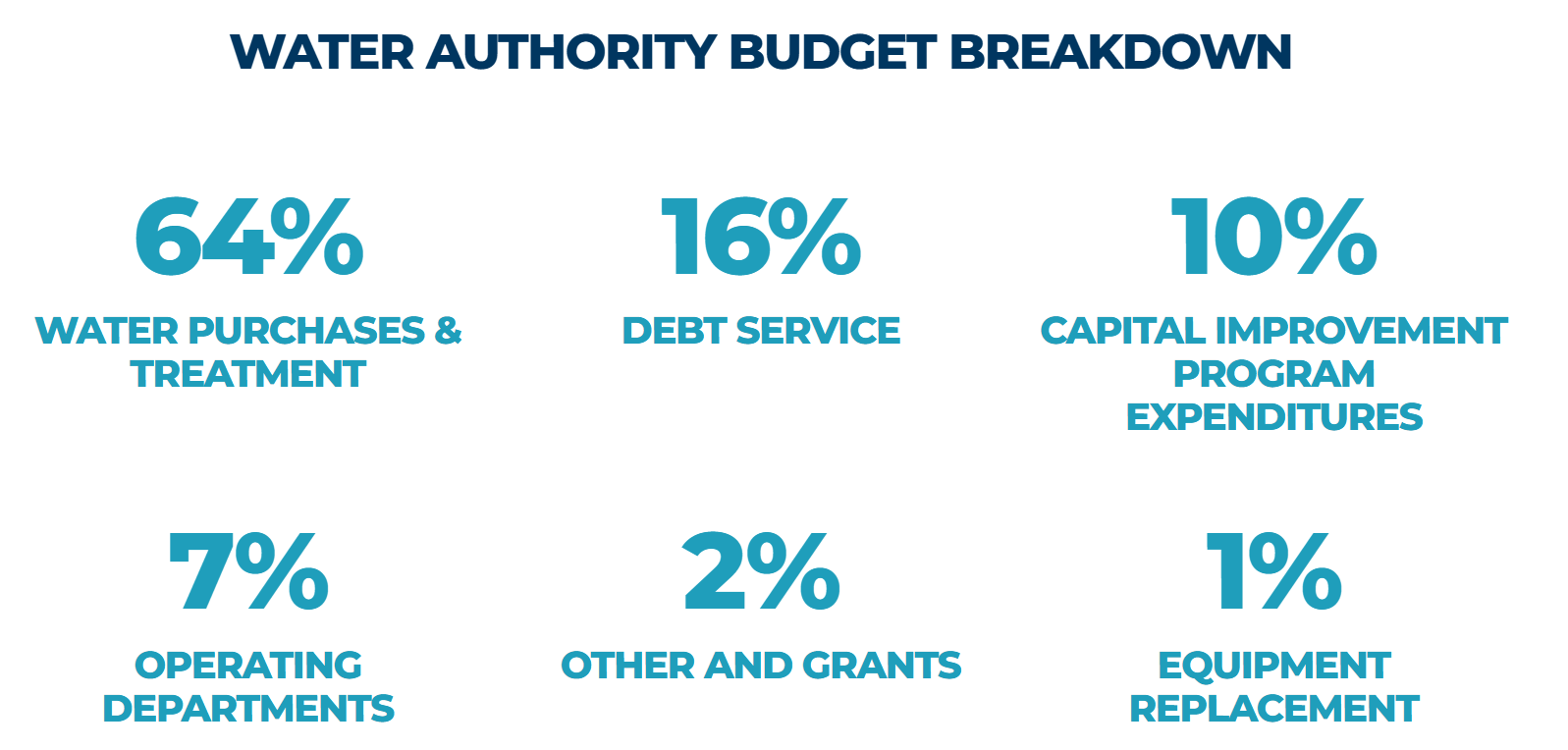
What else is the Water Authority doing to help the region understand its role?
The world of water is a complex one that needs color and context. That’s why, over the past few months, the Water Authority has developed a bilingual (English/Spanish) outreach strategy to tell residents across the region who we are and what we do. This program delivers targeted messaging across multiple channels, focusing on the value of water, infrastructure investments, climate adaptation and the people who make the water systems work. We hope that this effort will provide a deeper appreciation of the Water Authority and a better understanding of everything we do.
